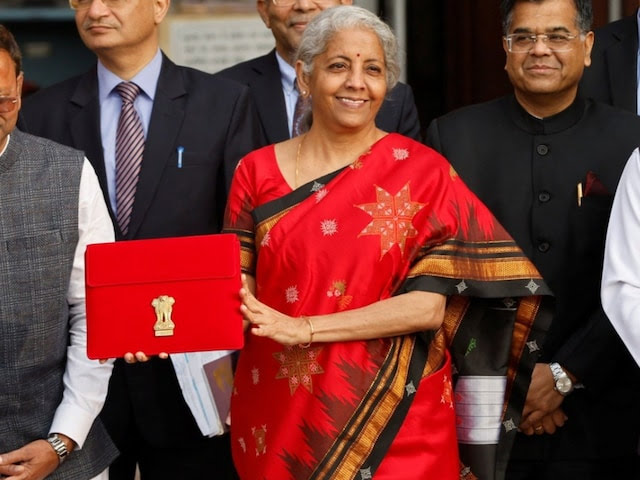
Budget 2024: Budget 2024 brings significant changes and opportunities for taxpayers, job seekers, and various sectors across India. Finance Minister Nirmala Sitharaman, in her seventh consecutive budget presentation, announced several key measures aimed at enhancing economic growth, creating employment, and supporting startups.
Major Highlights of Budget 2024
1. Personal Tax Relief: One of the most notable changes is the adjustment in tax slabs under the new tax regime, offering relief to middle-class taxpayers. The standard deduction has been increased from ₹50,000 to ₹75,000. Here are the new income tax slabs:
- Up to ₹3 lakh: No tax
- ₹3 lakh to ₹7 lakh: 5%
- ₹7 lakh to ₹10 lakh: 10%
- ₹10 lakh to ₹12 lakh: 15%
- ₹12 lakh to ₹15 lakh: 20%
- Above ₹15 lakh: 30%
2. Boosting Job Creation: The government has allocated ₹2 lakh crore over the next five years for job creation. Three employment-linked schemes have been introduced:
- Scheme 1: Direct benefit transfer of one month’s salary in three instalments up to ₹15,000 for first-time employees registered with EPFO.
- Scheme 2: Incentives for additional employment in the manufacturing sector, specifically targeting first-time employees.
- Scheme 3: Reimbursement to employers up to ₹3,000 per month for two years towards their EPFO contribution for each additional employee.
3. Support for Education: For students, loans up to ₹10 lakh for higher education in domestic institutions have been announced. Additionally, a scheme for providing internship opportunities in 500 top companies to 1 crore youth over five years has been introduced. The total allocation for education, employment, and skilling is ₹1.48 lakh crore.
4. Abolition of Angel Tax: In a move to support the startup ecosystem, the government has abolished the angel tax. This tax was previously levied on funds raised by startups if they exceeded the fair market value of the company.

5. Development Initiatives for Andhra Pradesh and Bihar: Significant funds have been allocated for the development of Andhra Pradesh and Bihar. Andhra Pradesh will receive ₹15,000 crore for the development of Amravati as its capital, while Bihar will benefit from a ₹26,000 crore outlay for various road projects.
6. Cheaper Mobile Phones and Essentials: The budget has made mobile phones, parts, and chargers cheaper by reducing customs duty to 15%. Additionally, customs duties on three cancer medicines have been exempted, and the cost of imported gold, silver, leather goods, and seafood will decrease.
7. Tourism and Urban Development: Sitharaman announced plans to develop the Vishnupath temple at Gaya and Mahabodhi temple in Bodhgaya, modelled after the Kashi Vishwanath corridor. Nalanda will be developed as a tourist hotspot, and Odisha’s temples and beaches will receive support for development. The PM Awas Yojana Urban 2.0 will address the housing needs of 1 crore urban poor and middle-class families with a ₹10 lakh crore investment.
8. Women Empowerment: The budget introduced women-specific skilling programmes and announced the setup of working women hostels. These initiatives aim to promote higher participation of women in the workforce through supportive infrastructure like hostels and crèches.
9. Capital Expenditure: The government has allocated ₹11.11 lakh crore for capital expenditure in 2024-25, which constitutes 3.4% of the GDP. The ‘Poorvodaya’ scheme has been introduced for the holistic development of the Eastern region, covering Bihar, Jharkhand, West Bengal, Odisha, and Andhra Pradesh.
10. Support for Farmers: Over the next two years, 1 crore farmers will be initiated into natural farming practices. The agriculture sector has been allocated ₹1.52 lakh crore.
Market Reaction
The markets reacted initially with a drop, with the BSE Sensex losing 1248.23 points and the Nifty falling by 409 points. However, both indices recovered later in the day, reflecting a stabilizing sentiment.
Conclusion
Budget 2024 reflects a strategic focus on tax relief, job creation, education, and infrastructure development. With a strong emphasis on supporting startups, empowering women, and boosting regional development, these measures are set to drive growth and economic stability in the coming years.



